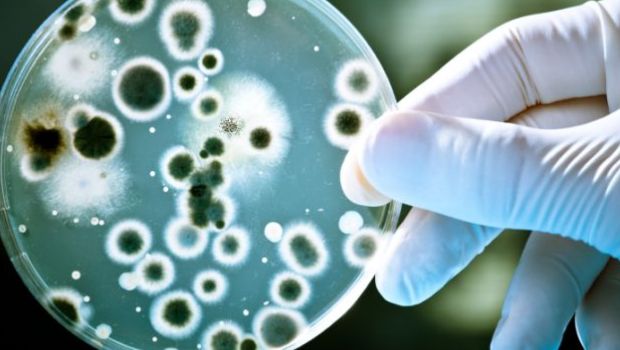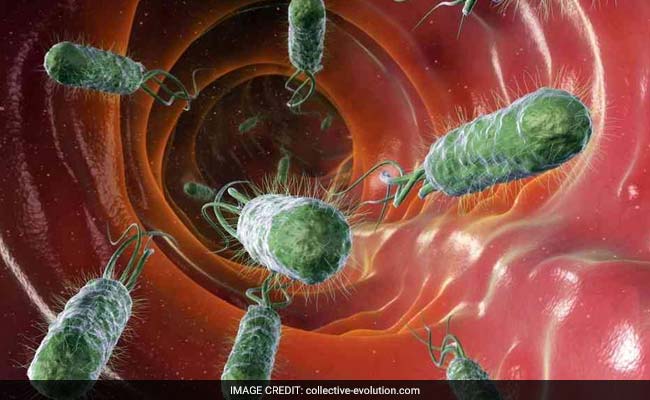

There are all sorts of diseases in the world, and every once in a while comes a certain ‘microorganism’ which creates havoc in the form of dangerous diseases like Ebola, Swine Flu, Bird Flu, and the like. Scientists have time and again come up with effective antibiotics to control the diseases and save lives, but the shocking part is that each year these microbes come back twice as more potent and resistant to the antibiotics. As such it is a constant struggle to reinvent and find effective cures. In such cases, intensive research is the only thing that can save lives as scientists discover more characteristics and behaviour of the triggers.
Recently, WHO published the first-ever list of antibiotic-resistant “priority pathogens” that included 12 families of bacteria that pose the greatest threat to human health. The intention was to spread awareness, as well as guide and promote research and development of new antibiotics. There is a serious concern on the growing global resistance to antimicrobial medicines.
(How Antibiotics May Make You More Prone to Infections)
What Did the List Include?
According to the global health body, the list is divided into three categories according to the urgency of need for new antibiotics: critical, high and medium priority.
“The most critical group of all includes multi-drug resistant bacteria that pose a particular threat in hospitals, nursing homes, and among patients whose care requires devices such as ventilators and blood catheters. They include Acinetobacter, Pseudomonas and various Enterobacteriaceae (including Klebsiella, E. coli, Serratia, and Proteus),” said a WHO statement.
It said that all the bacteria can cause severe and often deadly infections such as bloodstream infections and pneumonia.
“These bacteria have become resistant to a large number of antibiotics, including carbapenems and third generation cephalosporins – the best available antibiotics for treating multi-drug resistant bacteria,” said the report.
(Rare Disease Day: 7 Most Rare Diseases in the World and the Importance of Research)

High- Medium Priority Type
The second tier includes antibiotics of high priority – for Enterococcus faecium, which is vancomycin-resistant; Staphylococcus aureus, which is methicillin-resistant; Helicobacter pylori, which is clarithromycin-resistant; Campylobacter spp, which is fluoroquinolone-resistant; Salmonellae, which is fluoroquinolone-resistant; and Neisseria gonorrhoeae, which is cephalosporin and fluoroquinolone-resistant.
The third tier includes medium priority antibiotics for Streptococcus pneumoniae, which is penicillin-non-susceptible; Haemophilus influenzae, which is ampicillin-resistant; and Shigella spp, which is fluoroquinolone-resistant.
“This list is a new tool to ensure research and development responds to urgent public health needs,” said WHO’s Assistant Director-General for Health Systems and Innovation Marie-Paule Kieny in the statement.
Evelina Tacconelli, Head of the Division of Infectious Diseases at the University of Tubingen and a major contributor to the list, said, “New antibiotics targeting this priority list of pathogens will help to reduce deaths due to resistant infections around the world.
“Waiting any longer will cause further public health problems and dramatically impact on patient care.”

[“source-ndtv”]




